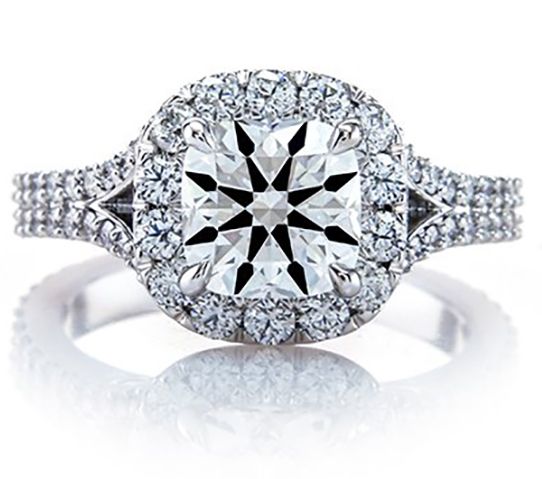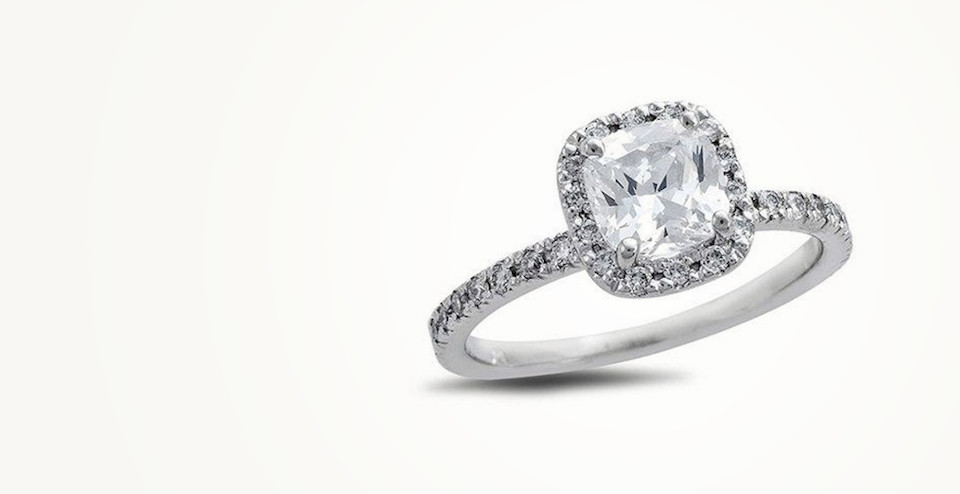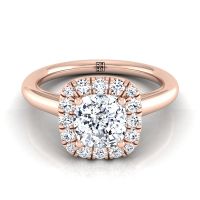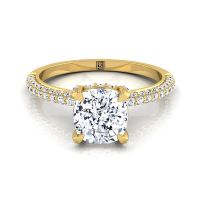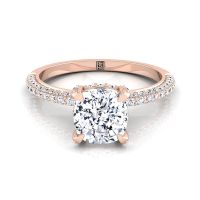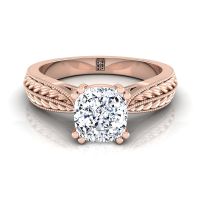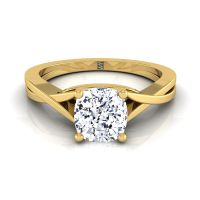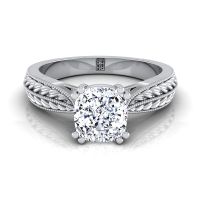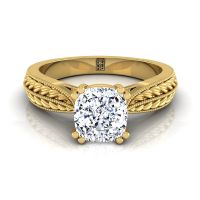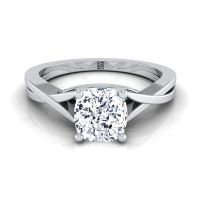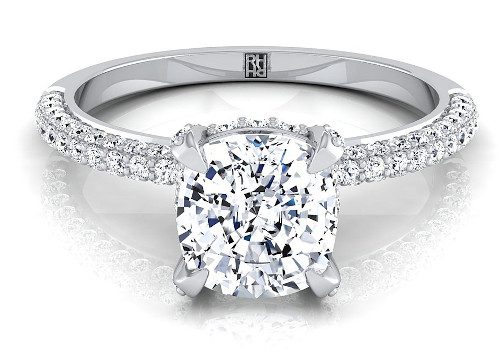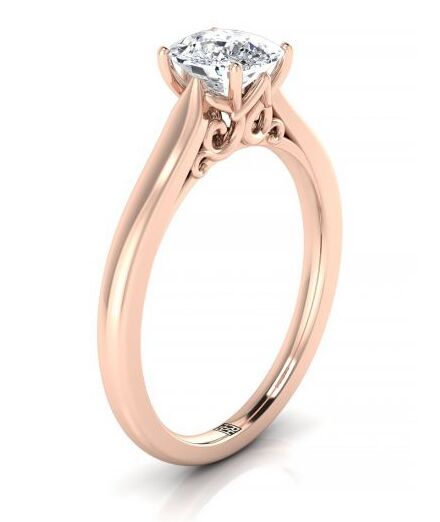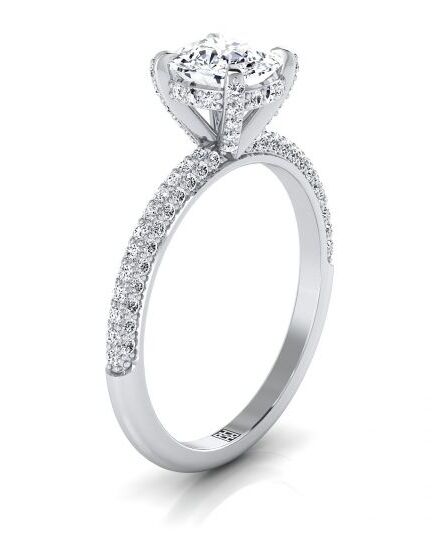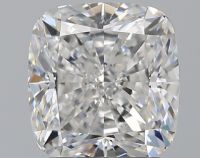
BUYER'S GUIDE TO CUSHION CUT DIAMOMDS

Diamond faceting began in the 15th century when it was first discovered that diamonds could be polished by their own dust. Before that, rough diamonds and polished crystals were the only way to wear this gem. Faceting unlocked the potential for sparkle. Once diamond cutters discovered the beauty of polished diamonds, they kept innovating, starting by polishing crystals, cutting off the top of the crystal to create a table diamond cut and then step cut diamonds. In the 16th century faceted diamond cutters developed rose cuts, followed by the cushion shape old mine cut.
Mazarins, the first brilliant cuts with more facets to maximize brilliance, were introduced in the middle of the 17th century.
Oval Shape Diamond Quality Checklist
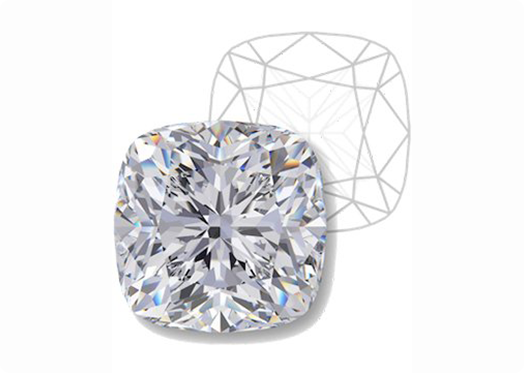
Ready to buy a cushion diamond? The basics of the 4Cs are the same as for round brilliant diamonds but the GIA grading reports for cushion diamonds don’t include a cut grade. (AGS does offer cushion cut grades.)
The variety that we love so much means it is a bit more complicated to compare cushion cut diamonds than any other diamond shape. Here are just a few of the different facet patterns of cushion cut diamonds that you’ll see on the market.
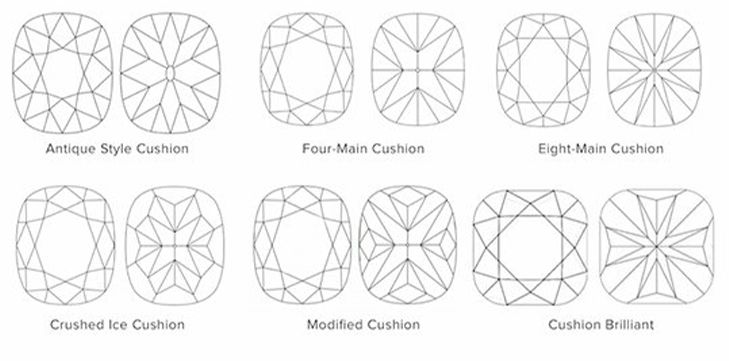
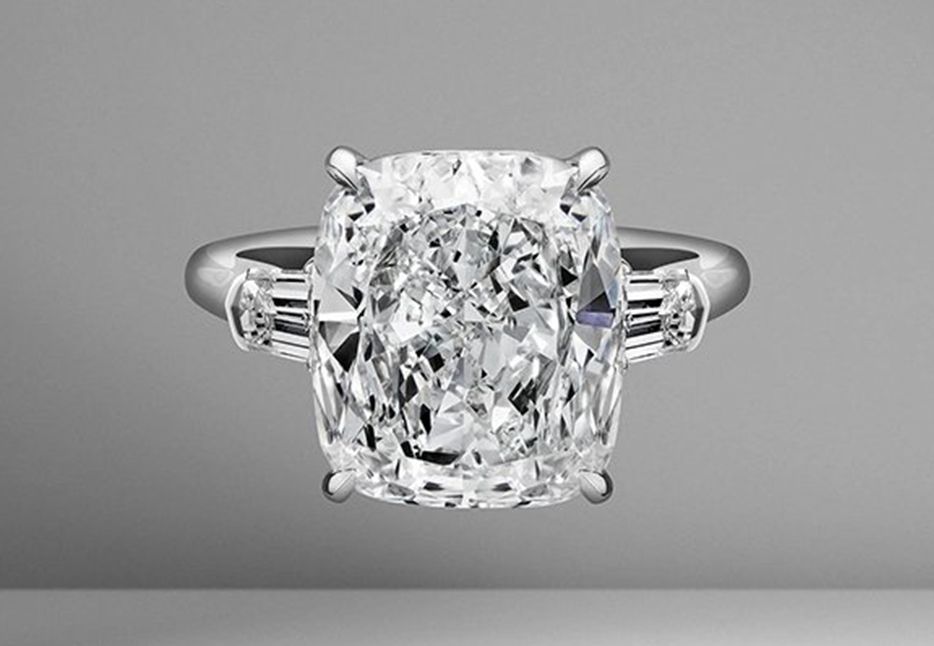
Radiant Cut Diamonds
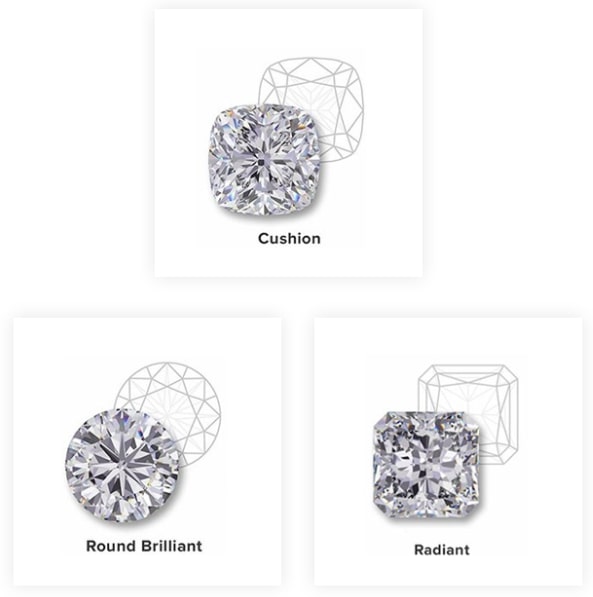
The three diamond shapes that are most similar to a cushion cut are round diamonds and radiant cut diamonds. Round brilliant diamonds are more common than a cushion cut so you lose the unique factor but they are often more bright than a standard cushion diamond. The round brilliant is less unique but it is easier to shop for, since all round brilliant diamonds look almost the same. A round cut will also cost more per carat than a cushion cut.
A radiant cut is another option for those who love the cushion cut. It has a more contemporary look with square corners rather than the rounded silhouette of the cushion. Its facet pattern is similar to the “crushed ice” style cushion. A radiant cut is a good option if you prefer diamonds with straight sides rather than curves. The cut corner silhouette of a radiant cut diamond has more of a vintage look than a princess cut diamond.
There is more variety in cushion cut diamonds than in any other diamond shape. Each cushion cut diamond has its own individual personality. There are square cushions and rectangular cushions, depending on the length to width ratio. There are chunky cushions and antique cushions with fewer larger facets and cushion cut diamonds with extra small facets. Which style you prefer is up to you but you’ll likely never meet anyone who has a cushion diamond that looks exactly like yours.
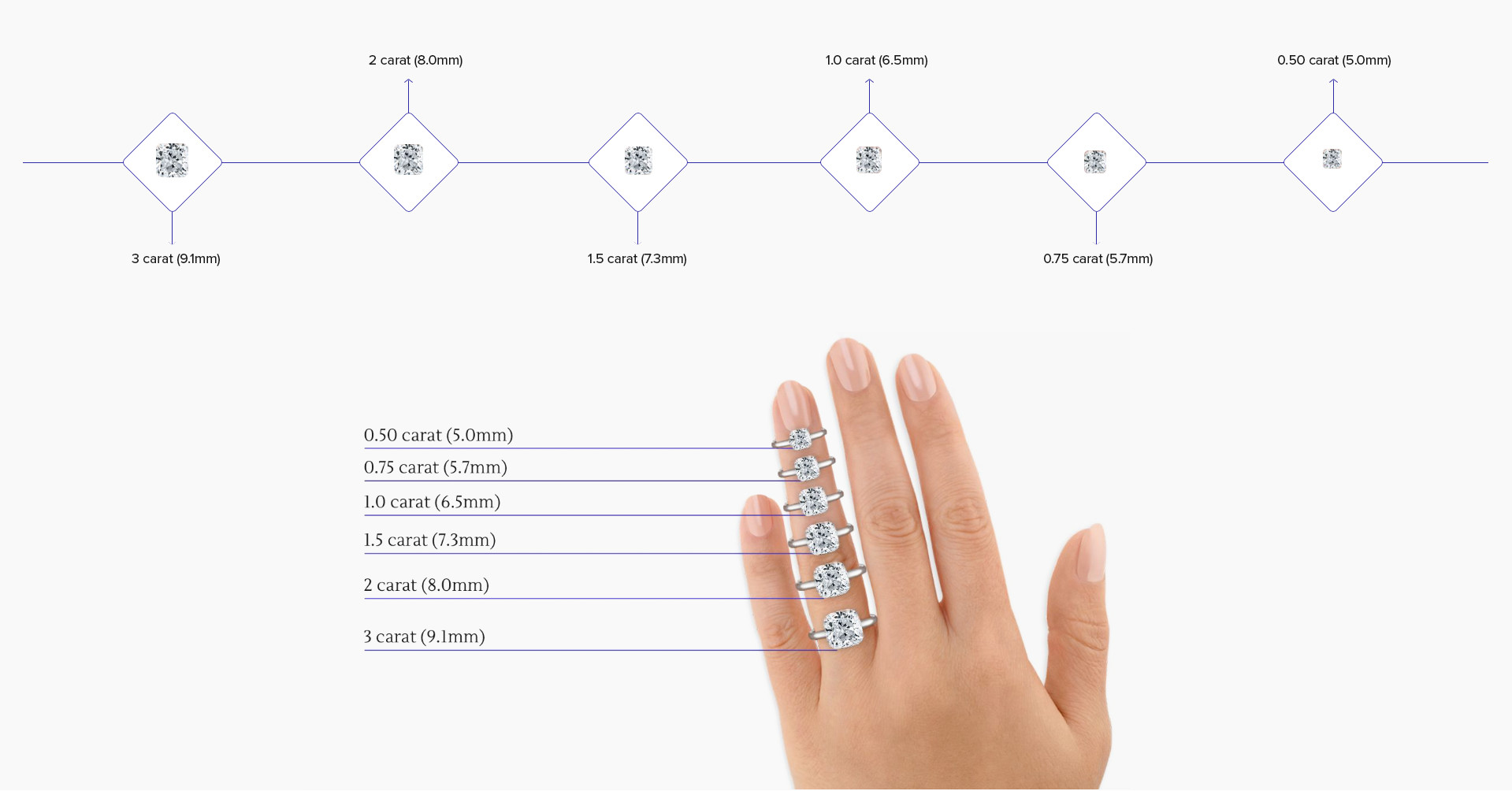
Our customers’ favorite setting for cushion cut engagement rings is simple cushion cut diamond solitaire with a delicate pave band. Delicate micropave halo cushion engagement rings are also popular. Meghan Markle’s three stone cushion cut engagement ring with two round brilliant diamonds on the sides has made this classic combination fashionable again.
Sorting through all the cushion cut options can be challenging. That’s why we created ROSI, an artificial intelligence personal shopping tool powered by IBM’s Watson: to sort through all the cushion diamonds available on the market to find the best balance of quality and value for your budget. See the best cushion cut diamond for your budget.
ROSI generally recommends a color grade of H and a clarity grade of VS2 for cushion cut diamonds with an antique look or a hearts and arrows look. If you prefer a crushed ice style cushion, this cutting style tends to concentrate color so you may want to upgrade to a G color grade.
All the other facet styles can be rectangular cushions as well as square cushions.
If you are looking for a square shape cushion, you will look for a low length to width ratio. A longer rectangle cushion will have a higher length to width ratio.
